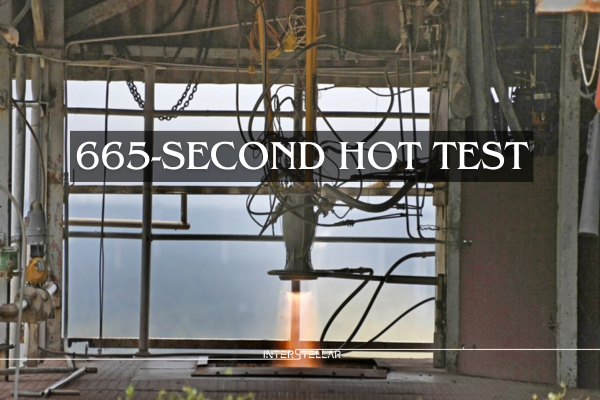The Indian Space Research Organisation (ISRO) has achieved a significant technological milestone with the successful 665-second hot testing of its liquid rocket engine on May 9, 2024. This engine, associated with the PS4 upper stage of the Polar Satellite Launch Vehicle (PSLV), was notably manufactured using advanced Additive Manufacturing (AM) technology.
Traditionally, the PS4 engine is produced through a combination of conventional machining and welding techniques. Employed in the fourth stage of PSLV, the engine generates a thrust of 7.33 kN under vacuum conditions and plays a crucial role in the Reaction Control System (RCS) of the PSLV’s first stage. Utilizing a bipropellant combination of Nitrogen Tetroxide as an oxidizer and Mono Methyl Hydrazine as fuel, this engine operates in a pressure-fed configuration and was originally developed by ISRO’s Liquid Propulsion Systems Centre (LPSC).
A significant redesign of the PS4 engine was undertaken by LPSC to adapt it to the Design for Additive Manufacturing (DfAM) standards. This transition to DfAM enabled the use of the Laser Powder Bed Fusion technique, which impressively reduced the engine’s components from 14 separate pieces to a single-piece construction, simultaneously eliminating the need for 19 weld joints. This manufacturing transformation resulted in a remarkable decrease in raw material usage — down to just 13.7 kg of metal powder from the 565 kg of forgings and sheets required by conventional methods. Moreover, these changes have led to a 60% reduction in overall production time.

The production of this state-of-the-art engine was carried out by the Indian industry pioneer, WIPRO 3D, and the critical hot testing was conducted at the ISRO Propulsion Complex in Mahendragiri. This test marks a pivotal success in the engine’s development process, which also included the earlier realization and successful testing of the injector head.
Comprehensive preparatory work such as detailed flow and thermal modelling, structural simulations, and cold flow characterization of the prototype hardware were performed to bolster confidence for the hot test. The development phase included four successful hot tests with a cumulative duration of 74 seconds, which collectively validated the engine’s performance parameters. The engine’s endurance and reliability were further affirmed during the full qualification test lasting 665 seconds, where it met all expected performance criteria.
Looking ahead, ISRO plans to integrate this innovatively manufactured PS4 engine into the regular PSLV program, marking a significant advancement in its capabilities and efficiency in satellite launches.


